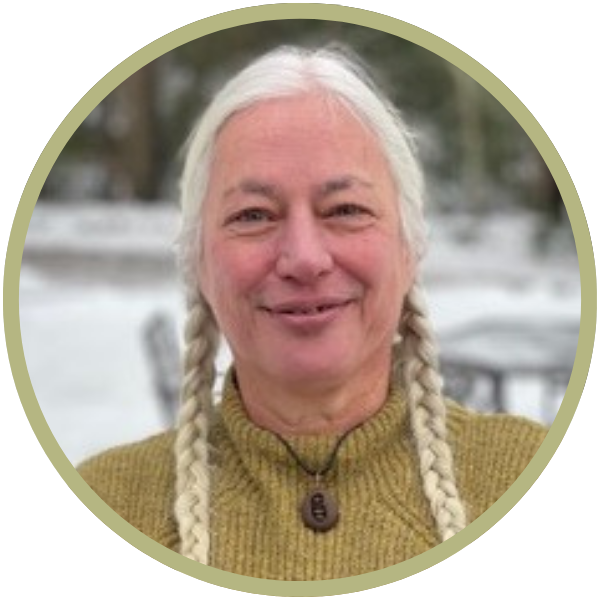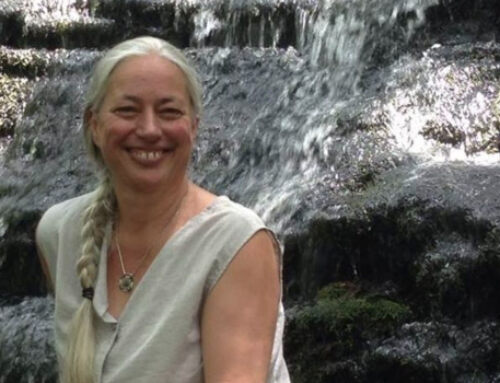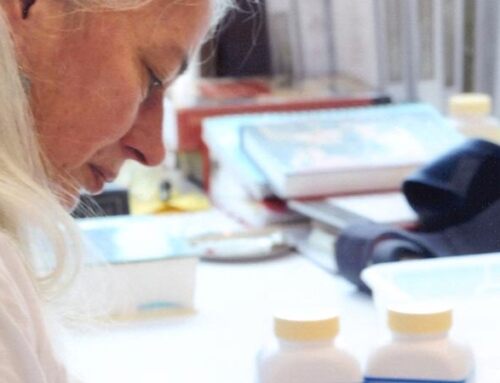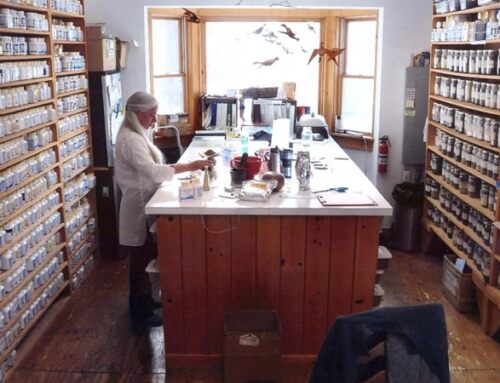This is the second of three conversations with Sharon Weizenbaum. Here Waleed Almusharaf and Yassin Gaber speak with Sharon about opening, closing and pivoting, and the Shao Yang and Shao Yin.
Sharon Weizenbaum has been practicing for forty years and teaching the Graduate Mentorship Program since 2001. This two and a half-year program is designed for those who have obtained the basics of Chinese herbal training and wish to bring greater skill, effectiveness and confidence to their practices. A unique component to this program is the focus on diagnosis. Many programs teach the indications for herbs and formulas but then when a complex patient walks through the door, you may still be confused about which formula is appropriate. Patients come in and we see a multitude of symptoms (experiences patient’s suffer from) and signs (manifestations we perceive such as pulse, tongue, abdomen, complexion etc., that patents don’t notice) as well as diseases diagnosed by other practitioners. How do you sort through this plethora of input to succinctly determine a very accurate herbal formula? Sharon, recognizing this gap in practitioner’s skills, has been studying and teaching students how to hone the intake process and avoid the pitfalls that drive a diagnosis off track. This is a hallmark of her training.
Through an in depth study of classical physiology the program takes students through the key formula families, the formula architecture and the formula’s relationship to the texts, the Shāng Hān Lún and Jīn Guì Yaò Lüè.
When practitioners engage in this unique and supportive program, their grasp of physiology, diagnosis, herbs and formulas increases exponentially, which naturally leads to profoundly more reliable clinical results and hence, confidence and joy.





